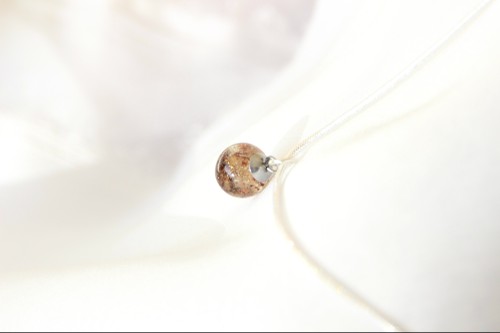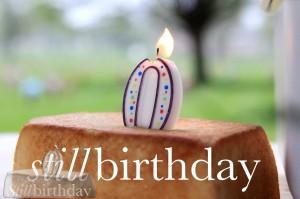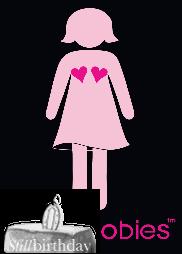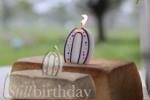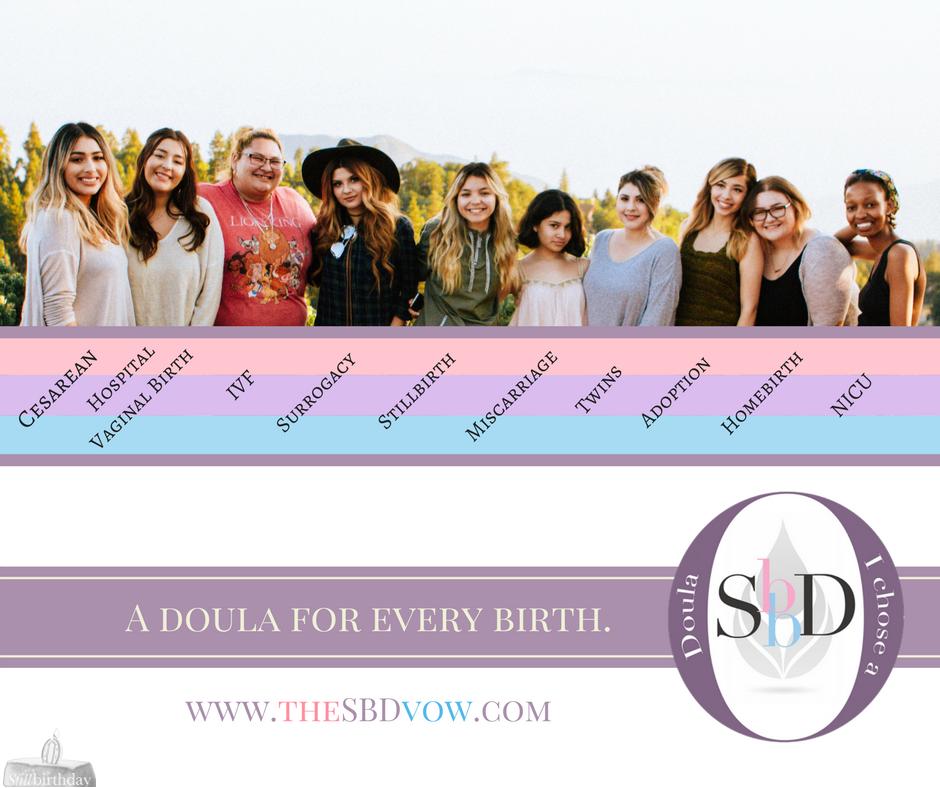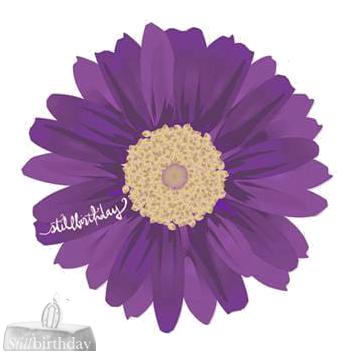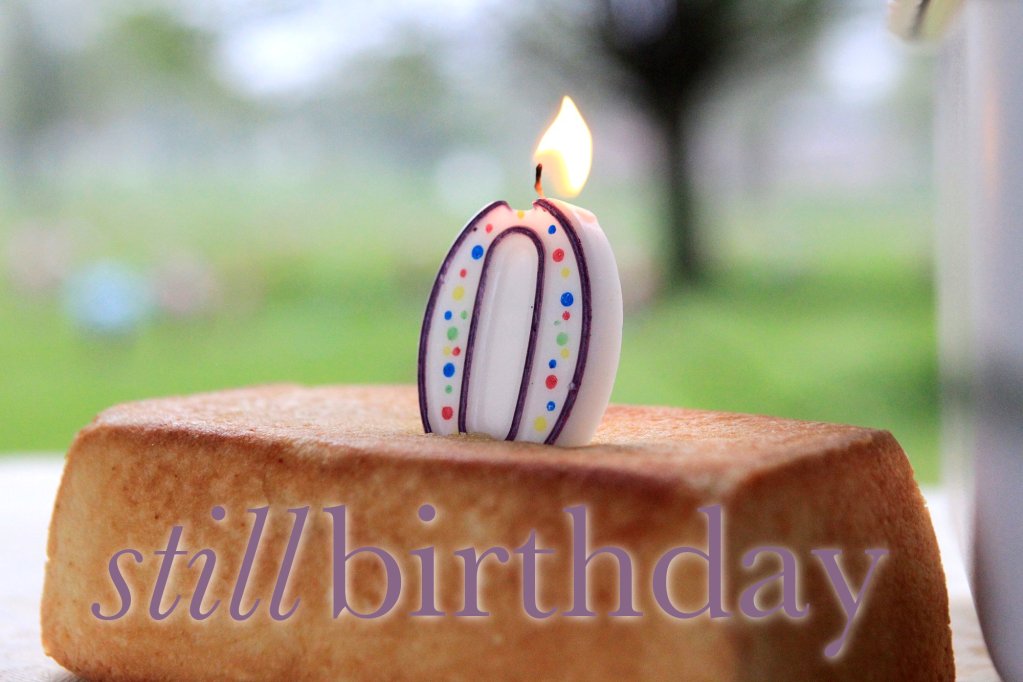Archives for June 2012
Placenta Options
Understanding how the Welcoming can quickly move into the Farewell, it is important to know as many of the Farewell options as possible, and as soon as possible, so that whenever appropriate and necessary, your time of Welcoming will reflect what you anticipate to happen next.
Related: During Birth SBD Resources
One such example is information regarding the placenta – because you can incorporate the placenta into the Farewell.
Here are a few placenta options:
- artwork – you or your stillbirthday doula can make placenta prints during the Welcoming, which can be a beautiful and unique keepsake.
- jewelry – please see Beyond the Willow Tree for more
- planting or burying – whether you resonate more with the idea of planting or of burying your baby’s placenta, this can be such a meaningful and precious act of Farewell.
Your SBD doula can share with you more about any of these options. Having a Hospital Liability Release form can also help.
We absolutely love partnering with organizations who serve with integrity and who bring creativity, resourcefulness and skill into such precious moments. Beyond the Willow Tree is a trusted organization who creates keepsakes from breastmilk, umbilical cord, placenta, and/or a tiny snip of baby’s hair.
Post Loss Lactation
[View more postpartum health information here.]
This is part 1 of 2 in Post Loss Lactation, an introduction into lactation. Click here to view part 2, which includes practical support for expediting the drying process, milk donation, and other options mothers may utilize with breastmilk after loss.
One of the first signs a mother may notice in her body when she believes she may be pregnant, is a change in her breasts:
- breasts may feel fuller
- nipples may feel more sensitive
- areola may appear darker (from pink to brown)
- Montgomery glands may be visible
- dark blue veins may appear on your chest and breasts
From the very beginning of pregnancy, a mother’s body is preparing for the arrival of the baby – and to feed and nourish the new little one.
By the third month of pregnancy, hormones, including prolactin, estrogen, progesterone, and human growth hormone, reproduce milk ducts and gland-producing cells in your breasts. This glandular tissue replaces much of the fatty and supportive tissue that normally makes up most of the volume of your breast, causing the fuller breasts of pregnancy.
By the fifth month of pregnancy, your body is prepared to breastfeed your newborn.
So what do you do, when your baby dies?
From approximately 20 gestational weeks on, if a mother experiences a pregnancy loss, she will need to make a decision regarding her breastmilk. Here are two options:
- expedite the drying process
- provide breastmilk for needy newborns
Neither choice is easy, but each has advantages. Kayce Pearsen, a loss mother and bereavement doula with stillbirthday, wrote a very helpful article on tips for both options, and Liz, a loss mother and stillbirthday mentor, shared information specifically regarding nursing your newborn with an adverse or fatal diagnosis (difficult diagnosis birth plan), or nursing your live twin if one of your twins has died (twins birth plan). Please read them.
Stillbirthday has lactation professionals listed who can help you specifically with loss related breastmilk/lactating questions and encouragement. Just email one or more of them with your questions.
You can learn a little more about our lactation professionals here.
This is part 1 of 2 in Post Loss Lactation, an introduction into lactation. Click here to view part 2, which includes practical support for expediting the drying process, milk donation, and other options mothers may utilize with breastmilk after loss.
Stillbirthday Lactation Freebies/Discounts
See details at bottom of post.
Bamboobies Breast Pads – Post Loss Milk Donation
 Mother’s Milk Tea – Post Loss Milk Donation
Mother’s Milk Tea – Post Loss Milk Donation
No More Milk Tea – Post Loss Expedited Milk Drying
Details:
(BamBoobies pads) Stillbirthday provides one set of BamBoobies nursing pads for bereaved mothers who write in their milk donating story. These inspiring stories are held in the category of donating decisions. These soft, washable nursing pads are heart shaped, which provide practical comfort and are much more discreet than round shaped pads that clump and bunch under your blouse. They are heart shaped, reminding you of your generous, loving gesture of providing needed nourishment to another baby – and as a symbol of your love for your own baby, who you are grieving. Because they are washable, these heart shaped pads can be added to your memory box when you are finished lactating. Stories are responded to by email to recieve your mailing address. Please indicate your interest when you submit your story. While supplies last.
(Mother’s Milk Tea) Stillbirthday provides 2 tea bags of Mother’s Milk Tea for bereaved mothers who write in their milk donating story. Mother’s Milk is an herbal tea traditionally used to increase breastmilk production. These inspiring stories are held in the category of donating decisions. Stories are responded to by email to recieve your mailing address. Please indicate your interest when you submit your story. While supplies last.
(No More Milk Tea) Stillbirthday provides a coupon for bereaved mothers who choose to expedite the drying process of their milk supply. You, too, are invited to share your story of your lactation decision. These stories are also held in the category of donating decisions. Visit Earth Mama Angel Baby and enter in coupon code: SBD20 to recieve 20% your entire order! Expires 12.31.12.
SBD Lactation Professionals
Stillbirthday has lactation professionals listed who can help you specifically with loss related breastmilk/lactating questions and encouragement:
[View more postpartum health information here.]
Click here to view part 1 of our series on post loss lactation, which is just an introduction to lactation. Click here to view part 2, which includes practical support for expediting the drying process, milk donation, and other options mothers may utilize with breastmilk after loss.
kelly.sbdlp@stillbirthday.info
kylie.sbdlp@stillbirthday.info
 Star Rodriguez is a registered lactation consultant (IBCLC.) She understands that lactation after a loss is very difficult, and is willing to help guide you through your options. If you have decided already to either donate or to suppress your milk production, she will be happy to give you advice and support via email or telephone. star.sbdlp@stillbirthday.info
Star Rodriguez is a registered lactation consultant (IBCLC.) She understands that lactation after a loss is very difficult, and is willing to help guide you through your options. If you have decided already to either donate or to suppress your milk production, she will be happy to give you advice and support via email or telephone. star.sbdlp@stillbirthday.info
 Christine Goldman is a Lactation Educator and Birth and Postpartum Doula. Your decisions are unique to your circumstances. Christine is available to listen, encourage and sort through what the best choices are for you and your family at this very difficult time.
Christine Goldman is a Lactation Educator and Birth and Postpartum Doula. Your decisions are unique to your circumstances. Christine is available to listen, encourage and sort through what the best choices are for you and your family at this very difficult time.
christine.sbdlp@stillbirthday.info
I’m an IBCLC and am willing to help guide you as you decide to bring in a milk supply and donate that milk, or if you desire to suppress your supply. I promise to give you professional guidance that is intensly personal. I’ve miscarried 2 of my own children, so I also know intimately the challenges that you face, and would be honored to be at your side. jillian.sbdlp@stillbirthday.info
I am from Adelaide Australia. I am a mother of four children and an angel baby so I understand first hand what a mother goes through during this difficult time. I am also an International Board Certified Lactation Consultant (IBCLC) and Birth & Postnatal Doula. rebecca.sbdlp@stillbirthday.info
I am a NICU RN, IBCLC and Childbirth educator. I host a monthly pregnancy support group & co-host a pregnancy loss support group.
positivechildbirthing@yahoo.com
Emergency Room Birth
As a sort of rider to birth plans in early pregnancy, it is important to set apart and articulate aspects of your experience as they pertain to emergency room birth.
If you are experiencing an impending miscarriage and arrive at the hospital emergency room, you might:
- Inform the hospital staff of a possibly impending miscarriage.
- Know that in most instances, life preserving or death delaying care might not be possible. Furthermore, the hospital staff may seem to delay your care, by necessity of caring for other patients who might have a greater likelihood of the successful outcome of implementing death delaying or life preserving care.
- Have as many of your own tangible resources should the birth of your baby occur while using the waiting room bathroom or while waiting in an emergency room screened room. This can include items from the early pregnancy home birth plan, including your own strainer.
- Ensure that the bathroom you are using has deactivated any auto-flush system or that you have a strainer or other screen each and every time you use the bathroom.
- Have any tangible documentation or information about your obstetrical history. While an emergency room ultrasound may give some information, it is best to compare it to your full obstetrical history for the most information.
If you are a member of the emergency room care team, you might:
- Have medical grade miscarriage strainer or speci-pan for toilet use.
- Check hCG and/or progesterone levels of the patient.
- Have a working knowledge or listing of state laws regarding birth and death certificates.
- Provide the patient with all options for the physical form of her baby, including returning the specimen to her either before or after any medical testing.
- If the patient is or believes to be at approximately 16 gestation weeks or older, utilize our lactation awareness and support pages.
- Contact a local SBD Doula for support.
Subsequently
On the hot summer night of June 7, several years ago, a woman began to labor her child, her daughter. The father of the child lay asleep in the bedroom, after leaving stern instruction not to be awakened unless the birth of the child was imminent.
She labored, alone, quietly, until she was sure it was time to wake him.
In the dark morning of June 8, she mounted his motorcycle, this laboring mother, and held the back of his leather jacket as he rode her to the hospital entrance. Prior to “The Bradley Method” of childbirth, which includes the father in the laboring process, was the “Jack Daniels Method”; the man rode on to the nearest bar to celebrate the arrival of his daughter. The woman entered the hospital, alone.
This same woman labored two years earlier, and gave birth to a stillborn little girl.
What was this labor like for her? Was she scared? Terrified of what might happen? Did her body’s successive pulls and squeezes, painful contractions, remind her of when she had experienced this last? Did she pray? Did she hope? Did she cry? Did she long for someone to wipe her forehead with a cool, damp cloth and tell her that her feelings are OK, that everything is going to be OK? Did she wonder if this little girl she was about to meet would be breathing, would look at her, see her, respond to her touch, or if this little girl, like her last, would die during birth?
I don’t know.
She never told me. Pieces of my childhood are jotted down in notes – notes in different handwriting from the different people who made executive decisions on my behalf. I don’t know how my mother felt about my birth, because her feelings aren’t jotted down in my government issed file. It is probable that nobody bothered to ask her.
A short time after my birth, my mother went to prison and my father fled the state. I was raised in foster care, group homes, and institutions for the majority of my childhood.
What if someone had intervened? What if someone had wiped her forehead with a cool cloth, and told her it was OK to feel what she was feeling? What if, before this pregnancy, someone offered her mentorship after my older sister had died?
Would she and my father have begun to seek a healthy, legal lifestyle? Would she have escaped his abuses and began a life of healing?
Mothers of miscarried and stillborn babies need immediate support. We need support at the exact time of the news that the baby is not going to live. We need support through the remainder of the pregnancy, and through the process of childbirth. We need postpartum support. These things are, in large part, what our bereavement doula program is all about. And, we need support long after these things are over.
Our doula and mentorship programs may not be enough to stop a predisposition for addictions and abuses, but it could be enough to reveal these predispositions and it could be enough to recognize the hunger for healing. It could change lives.
Furthermore, a parent’s life is forever changed after the birth of a stillborn baby and many, many mothers who’ve given birth to miscarried babies recognize this same irreparable break.
We will never be the same.
It is a new beginning. A new birth. A new life. A subsequent life.
In the same way newborns need to be cradled, held close, and touched tenderly, so too are bereaved mothers. Sometimes, we can walk. Sometimes we crawl, and still other times we just need to be carried. But we always want our loved ones to be near, and we always want you to care.
I am a subsequent child, and I have a subsequent child. I know.
~~~~~~~~~~
Some things for others to know:
-
I want you to remember my baby, the baby who died. I want you to recognize that the hardship of grief I am enduring is because I’ve been blessed with the role of mother and that I did, in fact, give birth to a baby. My baby.
-
When you mention my baby, it is healing. If I cry, if I smile, if I seem cool – however I respond – it is healing.
-
I am heartbroken because I am missing out on so many lovely things with my baby. When you call my baby by name, when you speak to me about my child, you are giving me something back.
-
My experience is different than anyone else’s. My journey is different than anyone else’s. It is my journey. I’d like you to walk it with me and we can share what we see together – I do want you to point out what you see in me and around me. I don’t want you to blindfold me and tell me where I need to step.
-
The death of my baby is not exactly the same as the death of anyone else. We can share in our common denominator only if we don’t use that as a means of forging or expecting each other to mourn a certain way.
-
Joyous occasions, like the birth of another child, still are subsequent to the death of my child. There are no replacements – of my deceased child, or of the feelings I have for him.
-
I am thankful for the life of my child, however brief, and for the reality of my child, which is eternal. I am humbly grateful for the things I have learned through his death and because of his death. Help me honor the reality of my child by remembering the day he was born, and the day he died.
-
A pregnancy loss is still a birth, and is still a birthday. It is recurrent. It is annual. I want you to remember the day with me. As I recall the tiny person I saw, I will feel love for that child. This feeling is right and is intended to be shared. I will also feel sadness for the love I haven’t been able to lavish onto that child. This feeling is also right and is intended to be shared. I’d like to share it with you, but more than that, I’d like you to share it with me. I’d like for you to initiate conversation – I’d like you to tell me that my baby’s short life was important to you, and that my baby’s eternal reality is important to you.
-
Please remember my baby’s important dates, just as you remember my other children’s dates. Here is a nice card you can give me as I honor my baby’s stillbirthday through the years.
-
I’d like you to remember that I am still adjusting to my new life – my subsequent life – and I’d like you to offer me grace and forgiveness as I stumble on this journey.
-
I have offered you grace and forgiveness as you’ve stumbled in the things you have done and said, and failed to do and say, to me. It is sometimes excruciating to do so, because I am adjusting to this new life and need caring for, but I do. If you are not sure of how to care for me, ask. I have answers to your questions.
-
I am not alone in the way I feel about this subsequent life. One mother sends a plea to her loved ones to just say something to validate the reality of her child, while another challenges those who seek to shape the path of bereaved parents. And thousands more find their way here, to stillbirthday, because they, too, want to learn how to make sense of this new, subsequent life.
